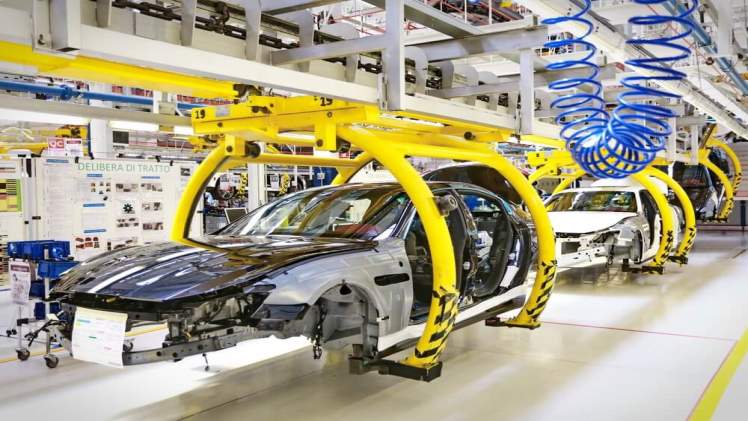The Automotive Industry

A robust automotive industry is important for the U.S. economy. The auto industry supports 10.3 million jobs and accounts for eight percent of private-sector employment. Autos generate $650 billion in income and generate eleven jobs in other industries. While the automotive industry faces numerous challenges, sales have been steady in the U.S., largely because of the popularity of light trucks and trailers. In the years to come, this trend is likely to continue.
The American system of interchangeability became a phenomenon during the 1920s. Ford introduced its first V-8 engine and three-point engine suspension in 1932. It also introduced freewheeling, which allowed cars to coast when released. An automatic transmission was developed, but only on a limited scale. Despite its success, the Depression impacted the automotive industry, causing a decline in the industry. Today’s auto industry is highly dependent on the auto industry.
Marketing and sales are vital parts of the value chain for vehicle-producing companies. Marketing and sales encompass distribution, management of the sales force, and customer relationship management. The objective of these efforts is to increase awareness of a product’s features and capabilities among its target audience. Traditionally, sales and marketing have been focused on the customer experience, but today, new technology has been incorporated into many vehicles. In fact, many cars today are equipped with Bluetooth connectivity for cell phone use.
The history of the automotive industry is not long but is filled with exceptional historical interest. The earliest production of automobiles was in Europe in the late nineteenth century. The United States dominated the industry for most of the twentieth century, where mass-production techniques were invented. However, other countries became major producers and exporters in this era. Fortunately, this trend is no longer in effect. There have been many exceptions to this general rule. The automotive industry is now more diverse than ever.

